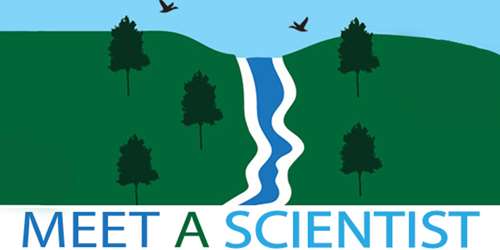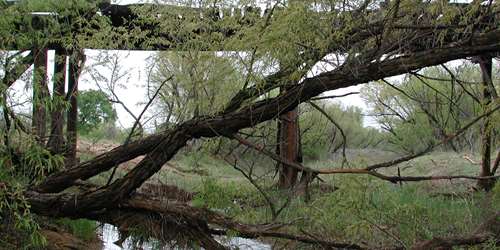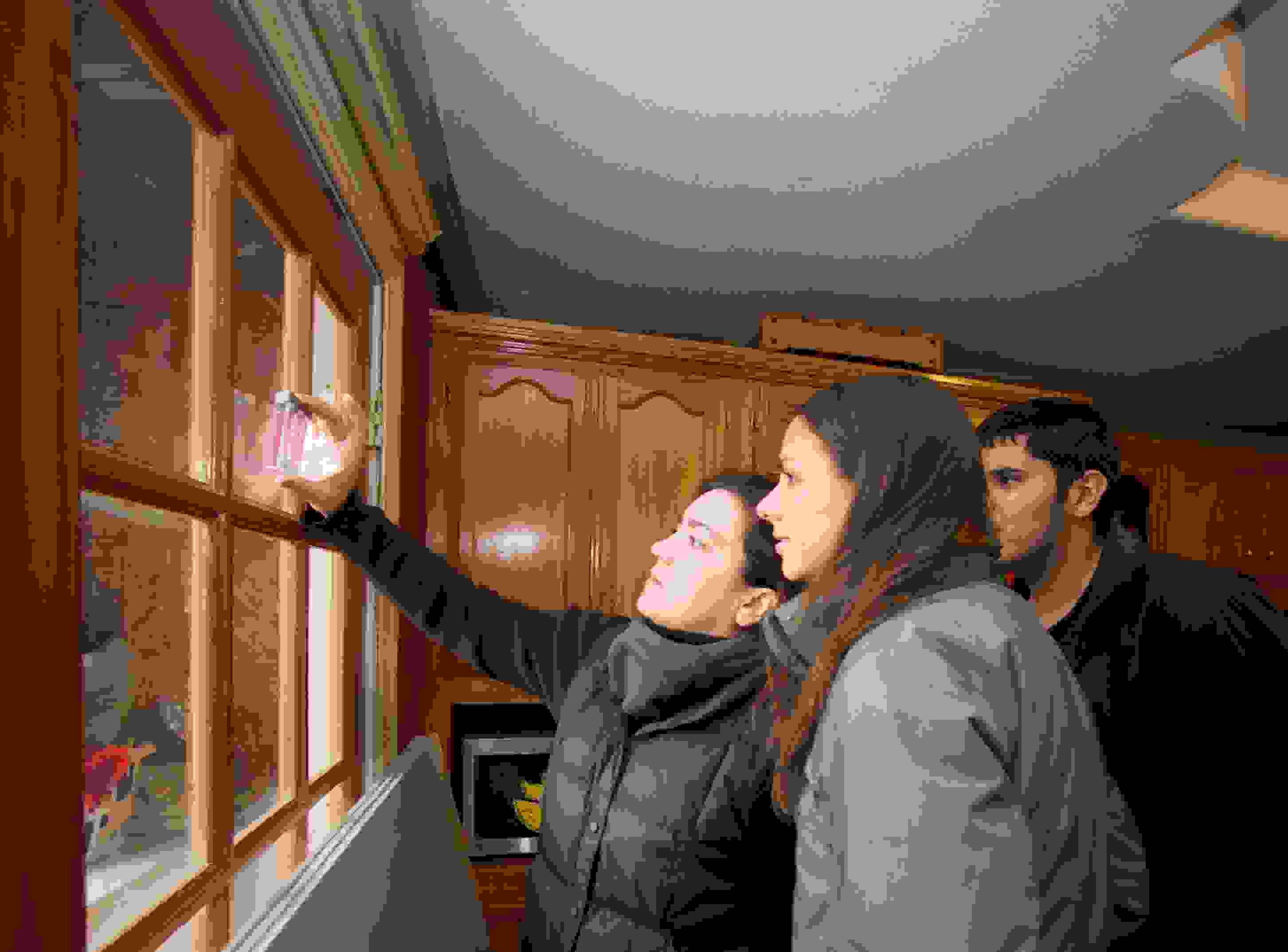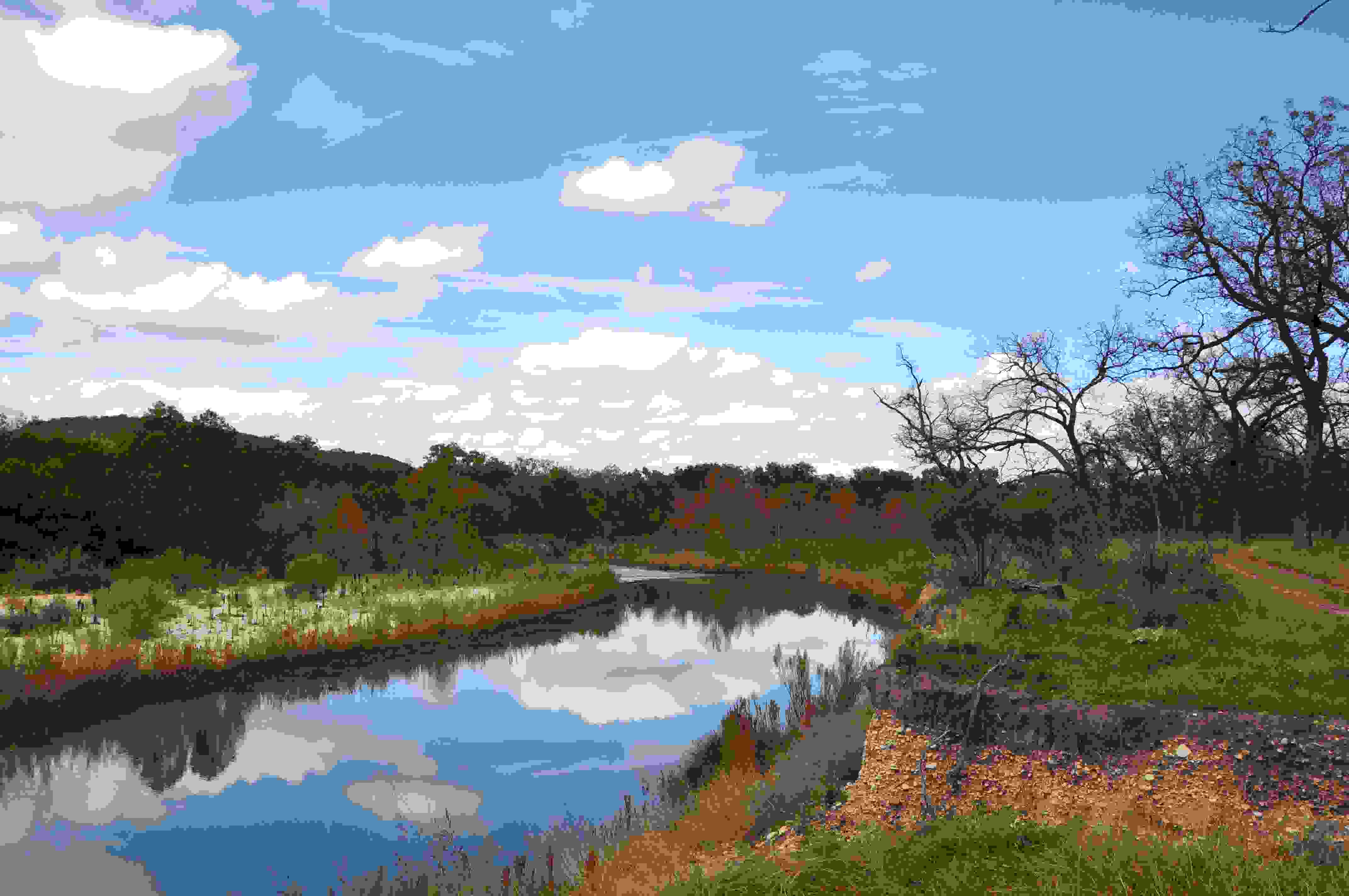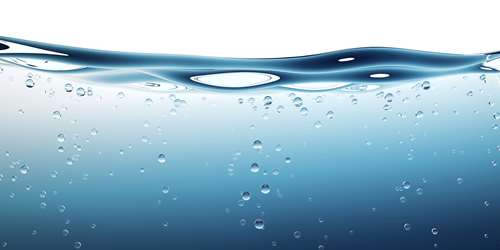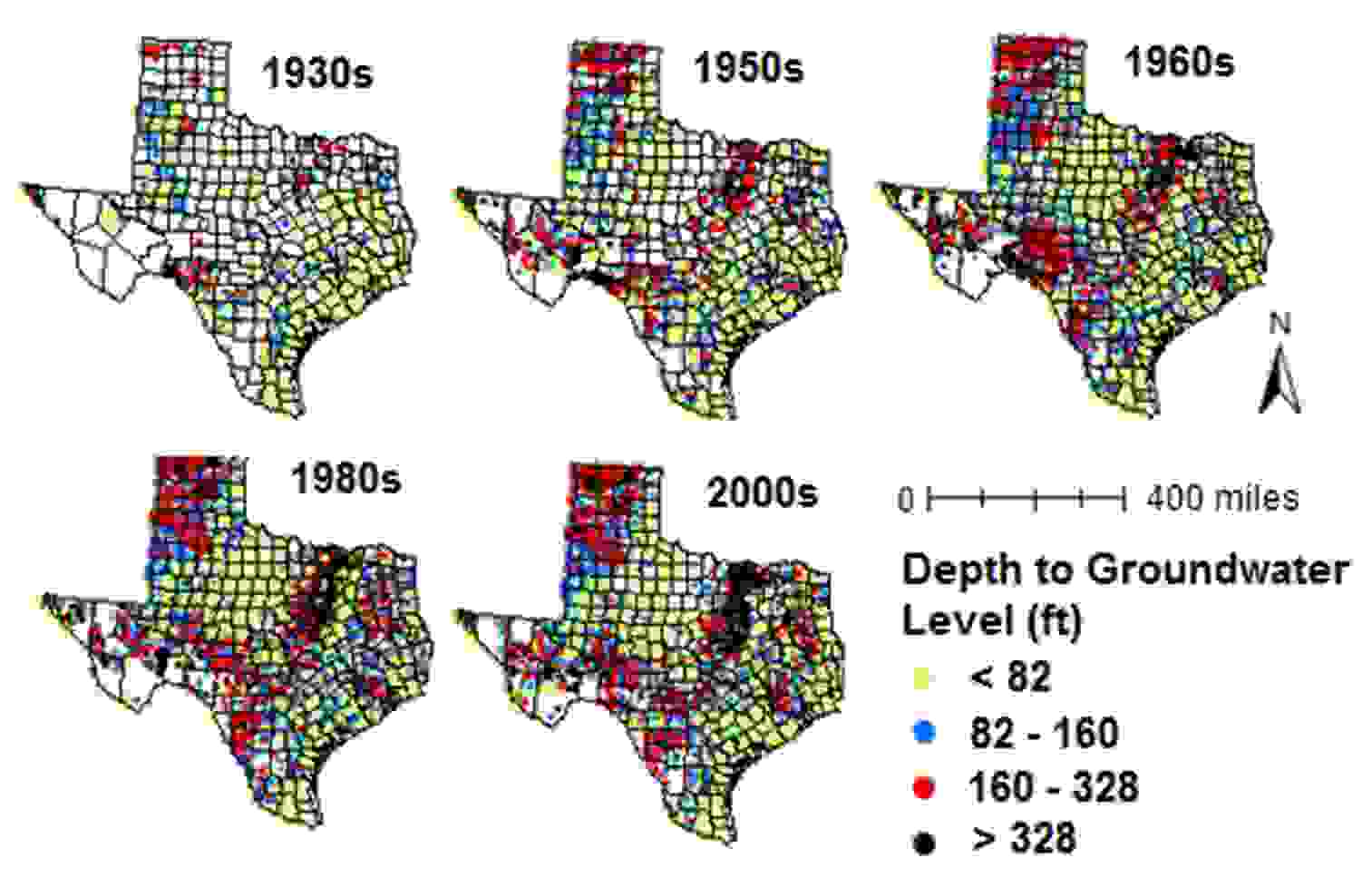When you hear the word “scientist” most likely the image that comes to mind is of someone in a lab coat with test tubes and beakers. While this is true of some scientists, there are many others who do not fit that image. This is especially true of natural resource scientists. To showcase this community of researchers, Conservation Matters is beginning a series called “Meet a Scientist.”
Read MoreThe U.S. Environmental Protection Agency has accepted the Buck Creek Watershed Protection Plan as meeting the agency’s guidelines for watershed-based plans and effectively outlining a strategy to reduce nonpoint source pollution in the watershed, according to a Texas Water Resources Institute official.
Read MoreA Texas A&M researcher has found that segments of the population, especially along the Texas-Mexico border, exist in a “no-win waterscape,” with no easy access to clean water, no ability to pay for it and no immediate solution.
Read MoreProducers partnering with the USDA-Natural Resources Conservation Service, working through the local soil and water conservation districts, have found a workable and economically viable solution that will continue to enhance and help protect the lesser prairie-chicken habitat.
Read MoreWith help from the Texas Sea Grant Program at Texas A&M University, the city of League City has transformed a public park into a showcase for the principles of WaterSmart landscapes: water conservation, water quality and habitat for wildlife.
Read MoreImagine being able to test water for the tiniest levels of waste contamination, even at home. A team of researchers at Texas A&M University, led by Vladislav Yakovlev, professor in the Department of Biomedical Engineering, has developed a method to detect a previously undetectable level of contamination in water associated with human and animal fecal matter.
Read MoreIt’s no secret groundwater levels have declined across the state over the past eight decades, and that the primary reason was the onset of irrigation in agriculture and population growth. But a recent Texas A&M AgriLife Research study has identified other factors having an impact.
Read MoreArchive
Popular Tags
Buck Creek Watershed Protection Plan Colonias Program Meet a scientist WaterSmart

